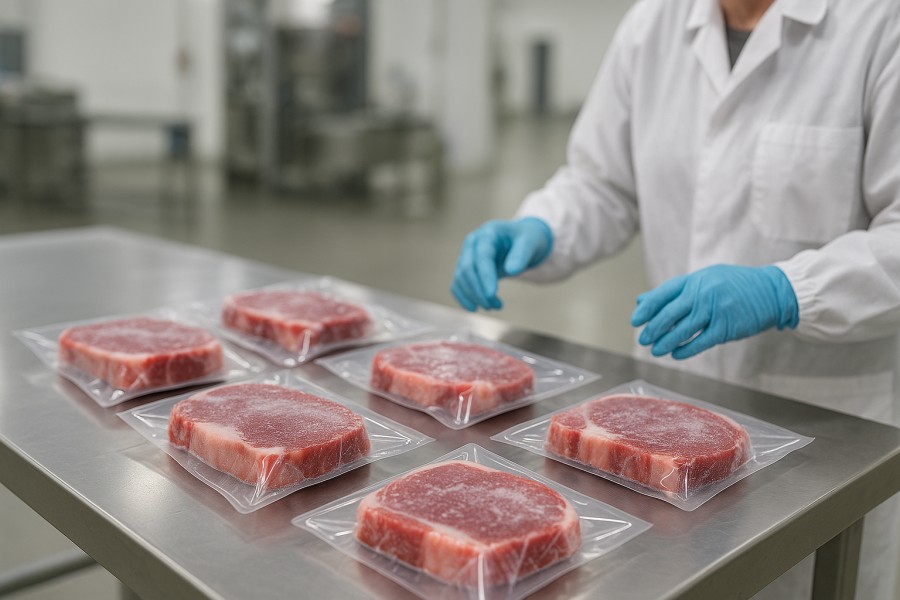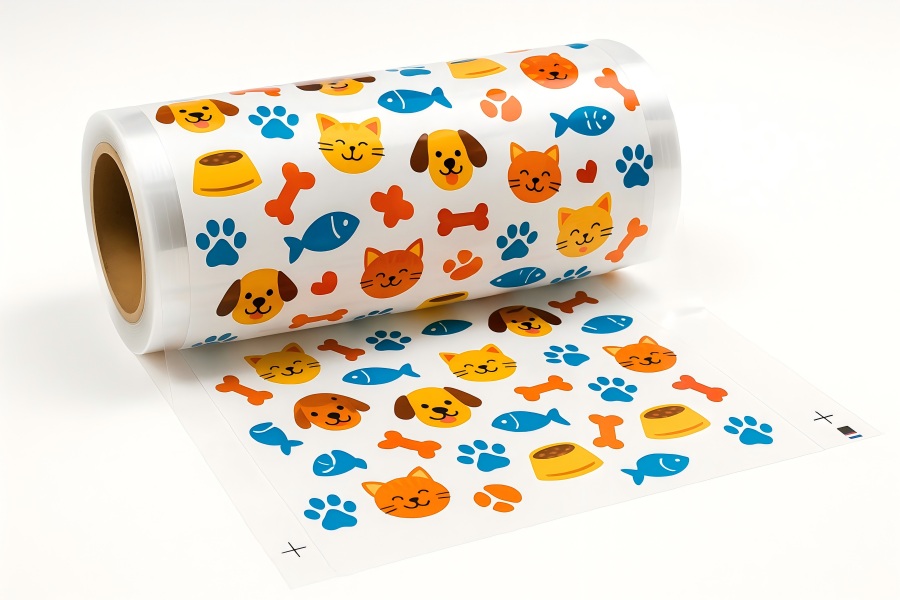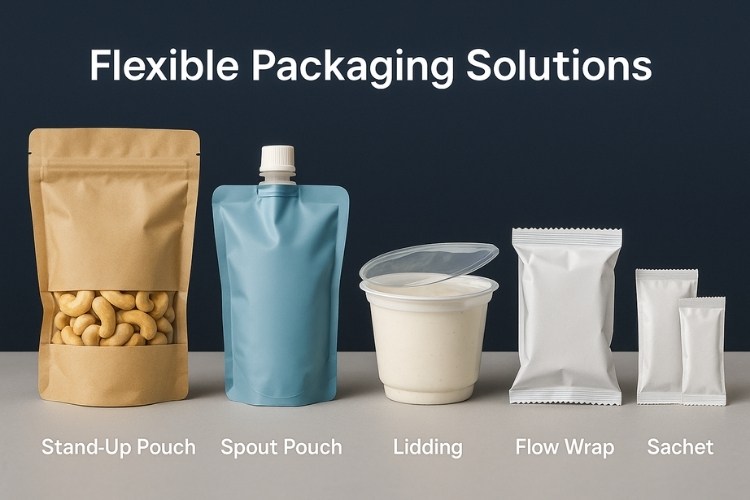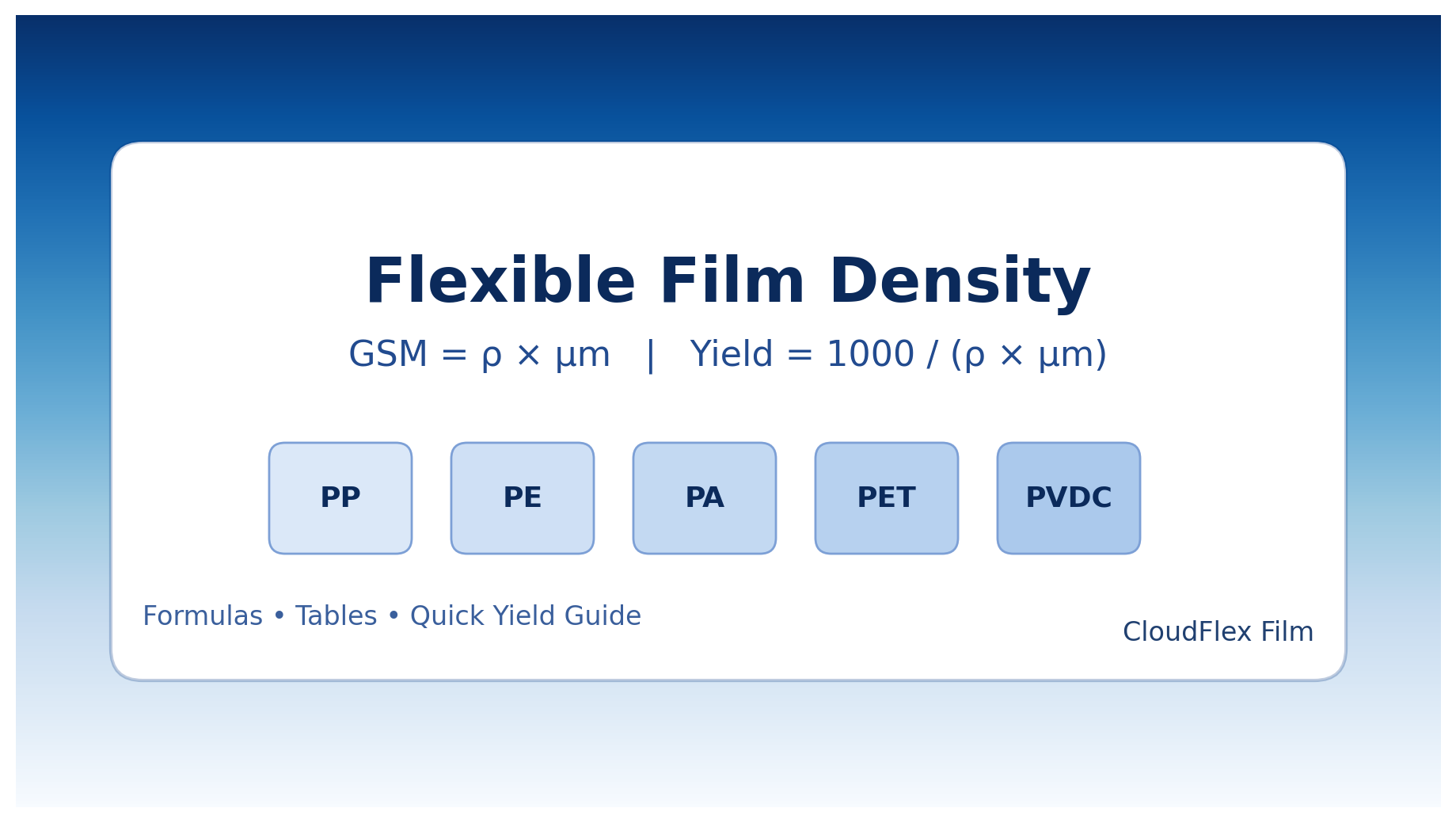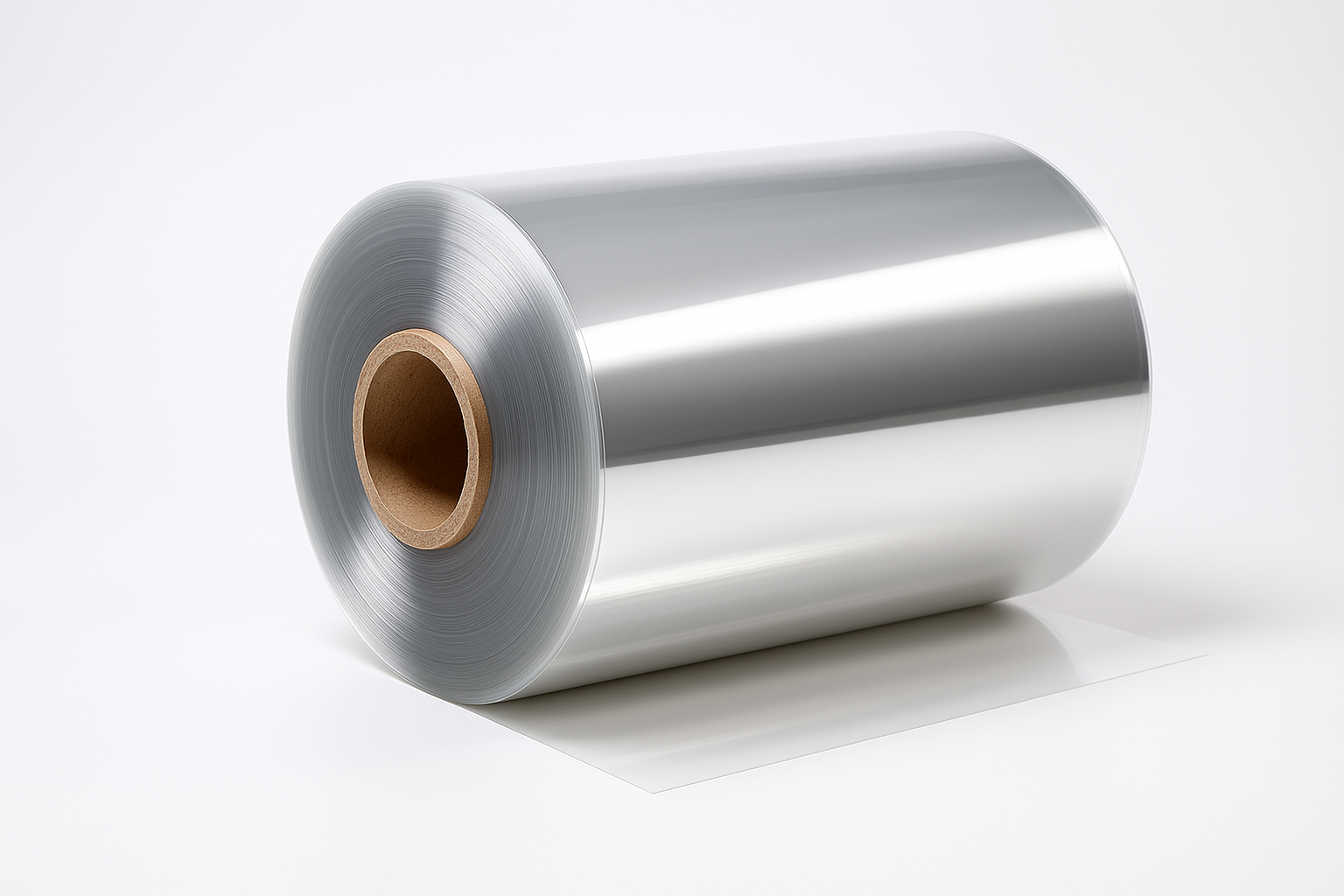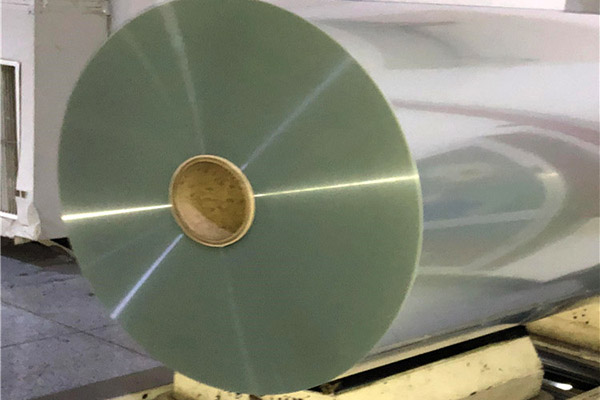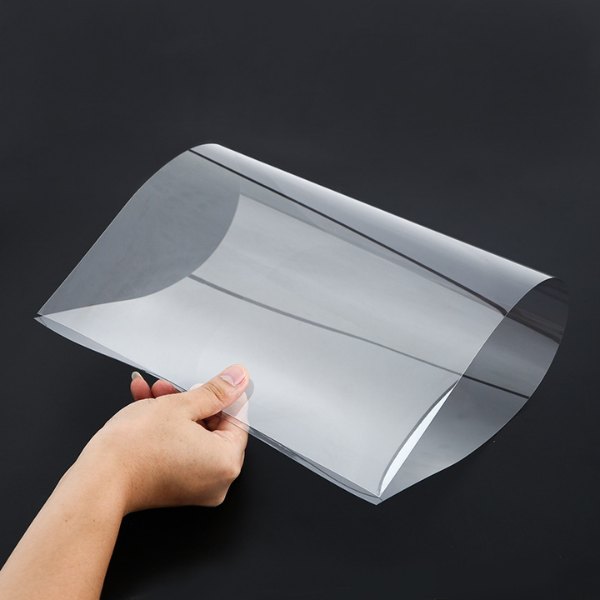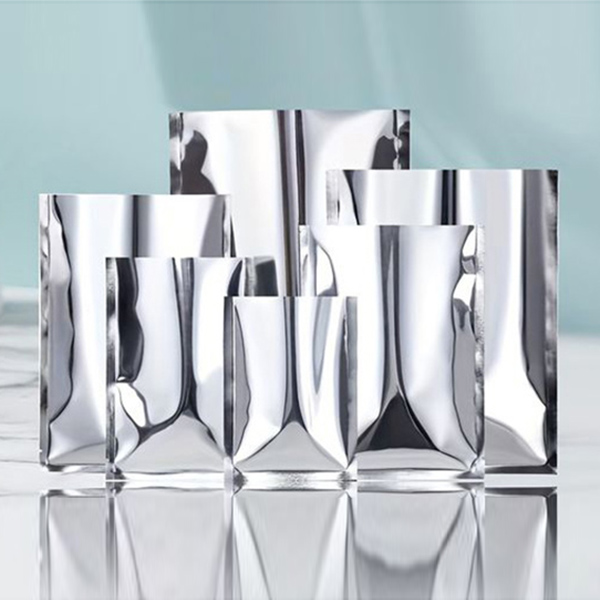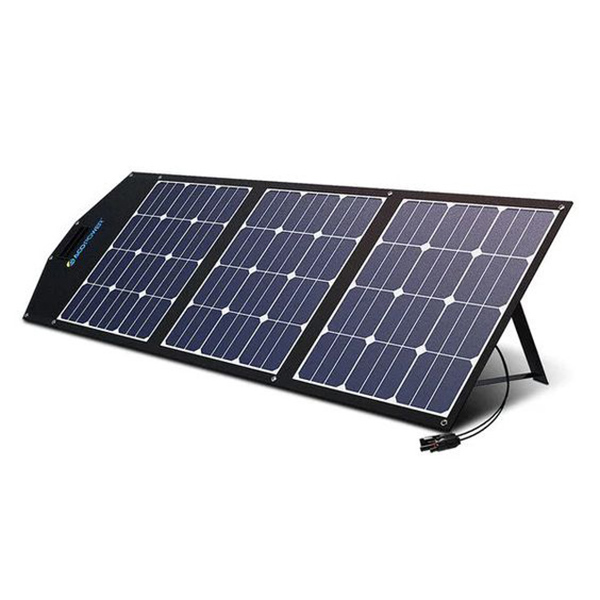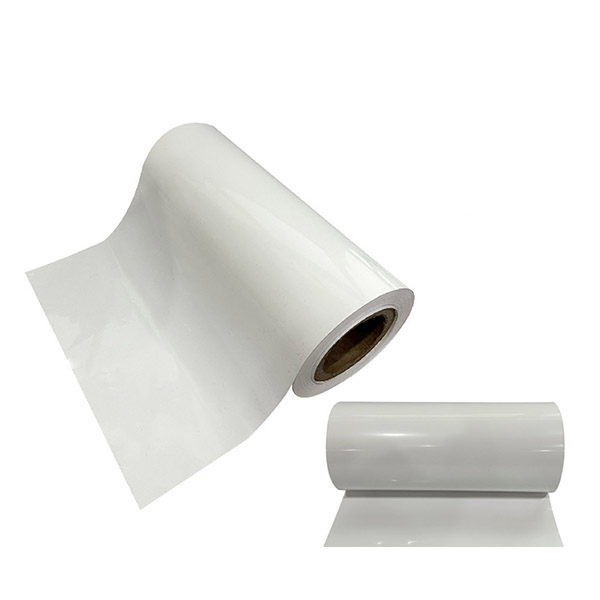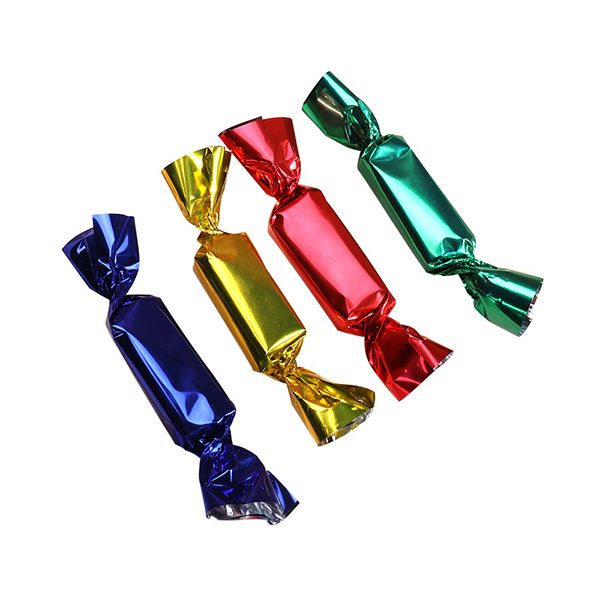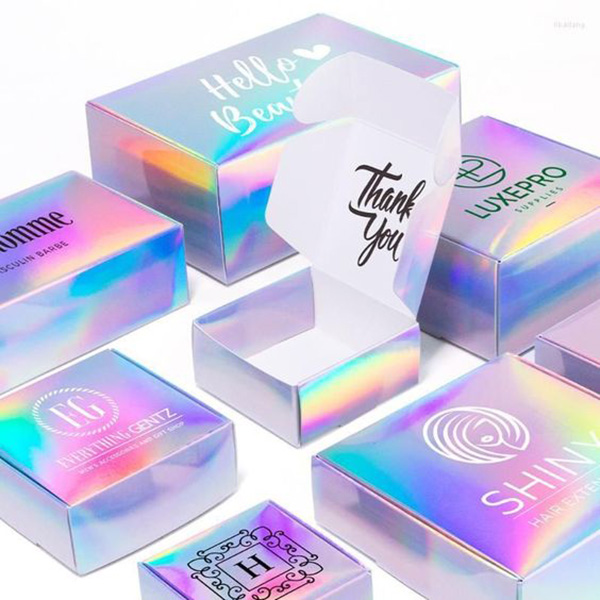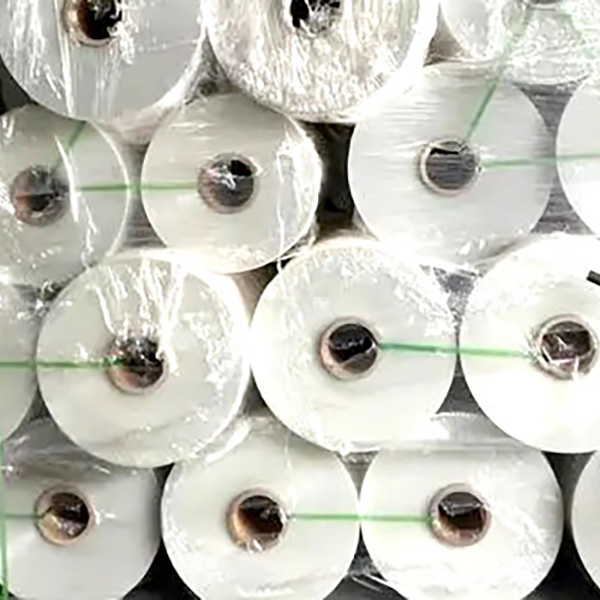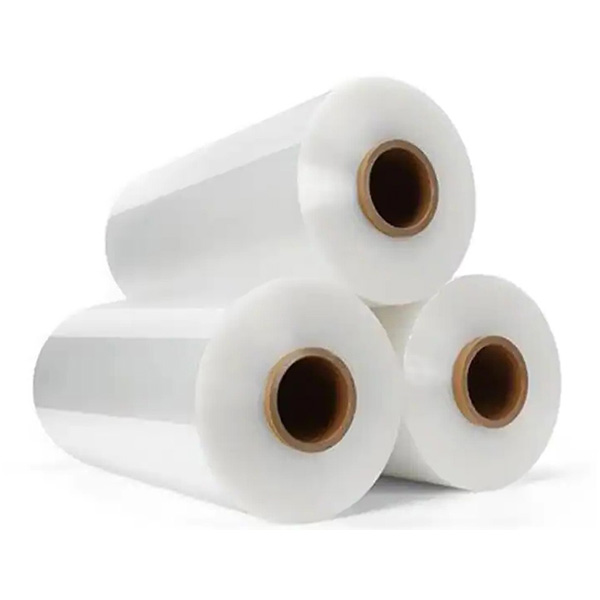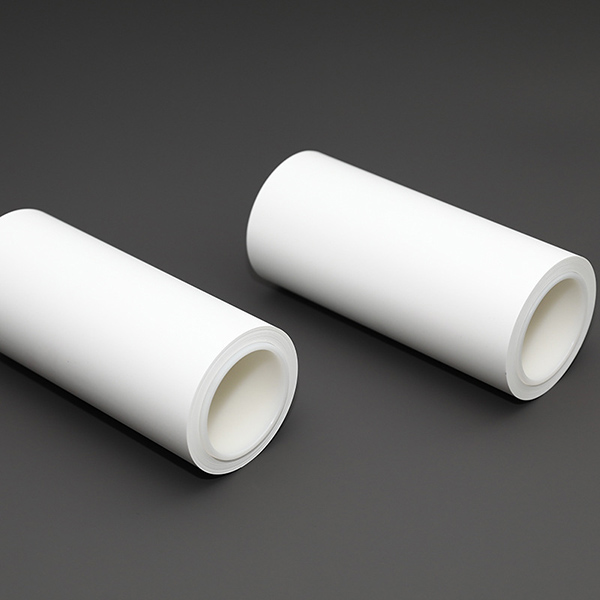Introduction
In the world of plastic films, terms like “PET film” and “polyester film” are often used interchangeably, leading to confusion among buyers, engineers, and product developers. Are they the same material? If not, what distinguishes one from the other? This article, brought to you by CloudFilm, aims to clarify these concepts, provide a detailed comparison, and help you make informed material choices for your specific applications.
What is PET Film?
PET (Polyethylene Terephthalate) film is a type of polyester film made from the polymerization of ethylene glycol and terephthalic acid. It is the most widely used and commercially significant form of polyester film. Known for its excellent mechanical strength, thermal stability, and chemical resistance, PET film is a staple in industries ranging from packaging to electronics.
Key characteristics:
- High tensile strength
- Excellent dimensional stability
- Good electrical insulation properties
- Transparency and gloss
- Recyclability
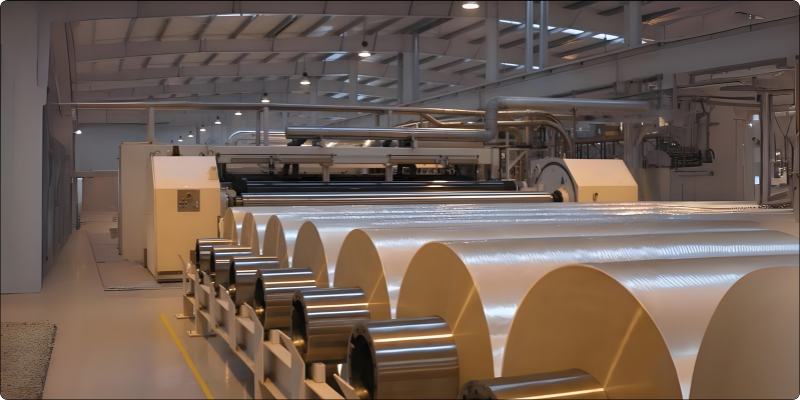
{ PET Film Production Line }
What is Polyester Film?
Polyester film is a broader category that includes PET as well as other polyesters such as PBT (Polybutylene Terephthalate) and PEN (Polyethylene Naphthalate). While PET dominates the market, other polyesters offer specialized properties that make them suitable for niche applications.
For example:
- PBT offers superior chemical resistance and is often used in engineering plastics.
- PEN provides higher thermal resistance and mechanical strength than PET, making it ideal for high-performance applications.
In short: All PET films are polyester films, but not all polyester films are PET.
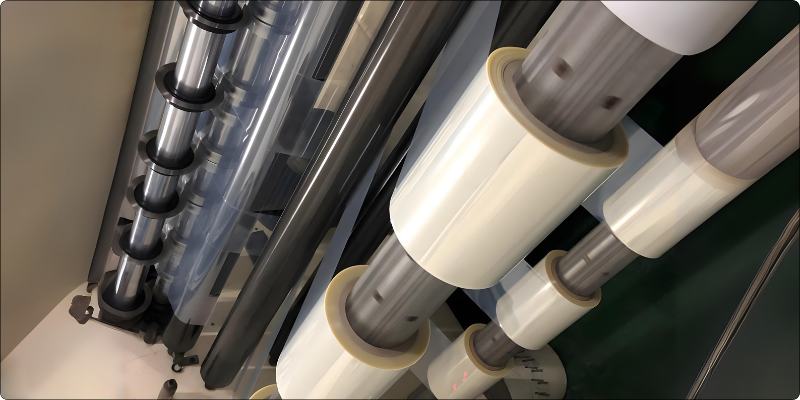
{ PEN Film Production Line }
Key Differences Between PET Film and Polyester Film
1. Chemical Composition
- PET Film: Made from polyethylene terephthalate.
- Polyester Film: A family of polymers, including PET, PBT, PEN, etc.
2. Physical and Mechanical Properties
| Property | PET Film | Other Polyester Films (e.g., PEN) |
|---|---|---|
| Density (g/cm³) | 1.38–1.40 | 1.36–1.45 |
| Tensile Strength (MPa) | 150–200 | 200–300 (PEN) |
| Max Operating Temp (°C) | 150 | 180 (PEN) |
| Moisture Resistance | Good | Excellent (PBT) |
| UV Resistance | Moderate | High (PEN) |
3. Thermal and Electrical Behavior
PET film performs well under normal temperature ranges but may deform under extreme heat. PEN, on the other hand, retains its properties at higher temperatures, making it suitable for automotive and aerospace applications.
Electrically, PET is an excellent insulator, but PEN offers superior dielectric strength, which is critical in high-voltage environments.
Applications of PET Film vs. Polyester Film
1. PET Film Applications
- Packaging: Food containers, beverage bottles, blister packs.
- Imaging: X-ray films, photographic films.
- Electronics: Insulating films, flexible printed circuits (FPC).
- Industrial: Magnetic tapes, release liners.
2. Other Polyester Films
- PEN: Used in high-performance capacitors, flexible displays, and motor insulation.
- PBT: Found in electrical connectors, automotive components, and power tool housings.
How to Choose the Right Film for Your Needs
When deciding between PET and other polyester films, consider:
- Temperature requirements: Choose PEN for high-heat environments.
- Mechanical stress: PEN or PBT may be better for high-stress applications.
- Chemical exposure: PBT excels in chemically aggressive settings.
- Cost: PET is generally more cost-effective for general-purpose use.
Market Trends and Future Outlook
The global polyester film market continues to grow, driven by demand in packaging, electronics, and green energy. PET remains the dominant player, but specialty polyesters like PEN are gaining traction in high-tech sectors. Sustainability is also pushing innovations in recyclable and bio-based polyester films.
Frequently Asked Questions (FAQ)
Q1: Are PET film and polyester film the same?
A: Not exactly. PET is a type of polyester film, but polyester films include other variants like PEN and PBT.
Q2: Which is better for high-temperature applications?
A: PEN film offers better thermal resistance than PET.
Q3: Can polyester films be recycled?
A: Yes, most polyester films, including PET, are recyclable.
Q4: Where can I get samples for testing?
A: Contact CloudFilm for free samples of nylon and polyester films tailored to your needs.
Conclusion
Understanding the differences between PET film and polyester films is crucial for selecting the right material. While PET is versatile and widely used, other polyesters like PEN and PBT offer enhanced performance for specialized applications. At CloudFilm, we provide expert guidance and high-quality film solutions to meet your specific requirements.

{ Contact CloudFilm for Free Polyester Film Samples }
Contact CloudFilm today for free samples and technical consultation!


